Katana vs Toledo Sword
When it comes to legendary weapons, few objects evoke as much respect as the Japanese katana. Its razor-sharp edge, the elegance of its design and the skill associated with the samurai arts have fuelled its myth as one of the best melee weapons ever created. But is the katana really superior to all other swords, including European ones? This debate, popularised by cinema and some urban myths, deserves a more detailed and contextualised analysis.
Check out this cool Katana Wado Ichimonji
The context of katana and swords
It is crucial to understand that an absolute comparison between weapons ignores fundamental factors such as historical context, fighting styles, and armor.
Sengoku period samurai wore light armor composed of sheets of leather and metal that protected their torso, arms, forearms, and upper thighs. This armor, while effective against slashes and thrusts from Japanese weapons, had weak points in vital areas and amplified impacts by lacking significant internal padding. While it allowed good mobility in the torso and arms, it limited leg movement, which could be crucial in combat.
On the other hand, the Spanish rodelero wore more complete and thicker armour, with a breastplate, backplate, shoulder pads and greaves that offered greater protection. In addition, he had a padded vest that absorbed impacts and a rodela, a shield that not only served to defend himself, but could also be used as an offensive weapon to strike or charge against the enemy.
This Jin Sakai katana is incredible!
Comparison of weapons
The katana
- Advantages : The curved blade and long handle of the katana make it an exceptional cutting tool. Kenjutsu movements, focused on precise and fast cuts, are ideal for fast combats and at medium distances. Its design allows for agile maneuvers, such as the use of the tsuba (handguard) or grip changes to adapt to short distances.
- Disadvantages : Its focus on slashing reduces its effectiveness against strong armor. The lack of a shield leaves the samurai at a tactical disadvantage against an opponent with additional protection. Additionally, the thrusting technique, less prominent in kenjutsu, limits its ability to penetrate strong armor.
The Toledo sword
- Advantages : Similar in length to the katana, but with a straight edge and optimized design for thrusts. This, combined with the use of only one hand, allows the rodelero to maintain greater reach and flexibility in his attacks. The sword can execute both cuts and stabs with great effectiveness.
- Disadvantages : Although versatile, the weight of the armor and shield can slightly reduce attack speed compared to the samurai. However, this is offset by the defensive capabilities and tactical design of the equipment.
Check out our best Toledo Swords!
Combat style: The key is in the technique
The samurai bases his style on fluid movements, with quick and precise cuts, favouring dynamic combat. However, against a heavily armoured swordsman, the usual kenjutsu techniques are limited. The katana, although powerful, cannot easily penetrate the Spaniard's armour.
The rodelero , on the other hand, uses a tactical approach that combines simultaneous defense and attack. The rodelero allows him to protect himself while launching precise counterattacks with his sword. The estocada, difficult to detect due to its linear speed, is especially dangerous in combat.
Conclusion: Who has the advantage?
In a confrontation between a samurai and a rodelero, both with similar technical skills, the Spanish rodelero would have the advantage due to his superior weaponry. The more complete armor and the use of the rodela allow him to compensate for the samurai's agility and skill with the katana. However, as in any combat, individual skill and strategy are determining factors.
An expert samurai could take advantage of the unprotected areas of the rodelero, such as the limbs or face, to execute lethal cuts. On the other hand, a well-trained rodelero would have a greater chance of dominating the situation thanks to his defensive equipment and the versatility of his Toledo sword.
This analysis, rather than settling the debate, seeks to highlight the importance of context and specific conditions in any comparison of historical weapons. What do you think? Leave us your comments!

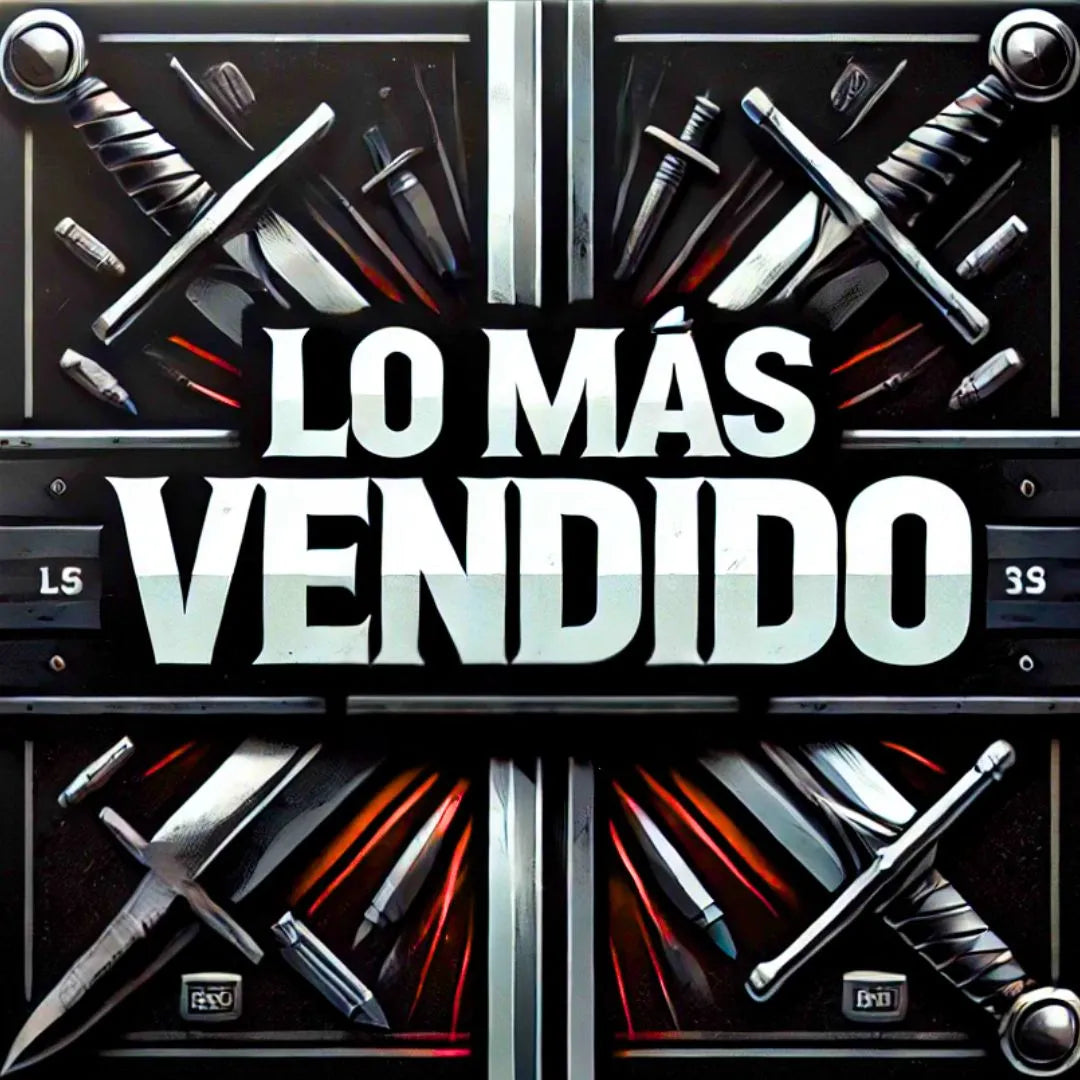
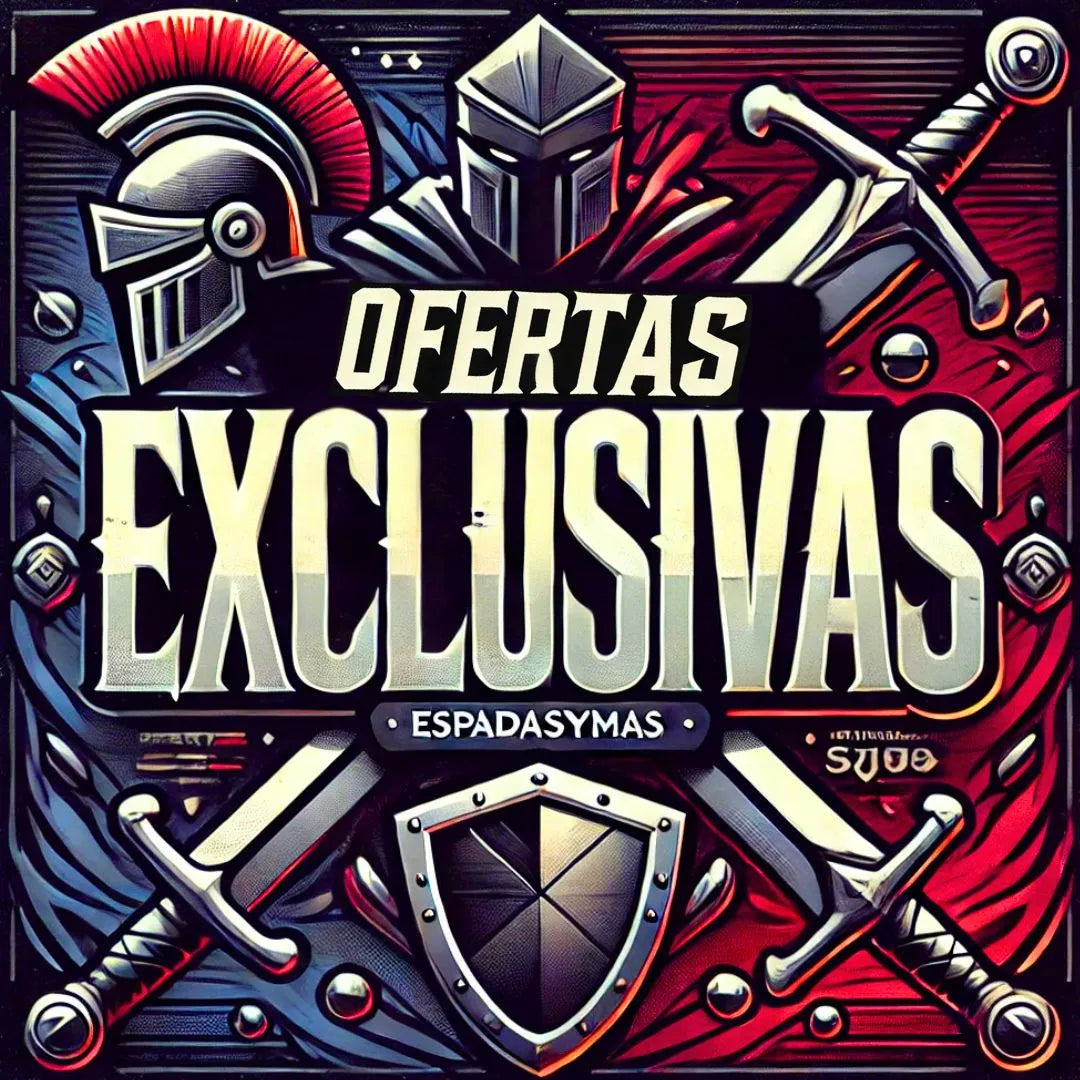


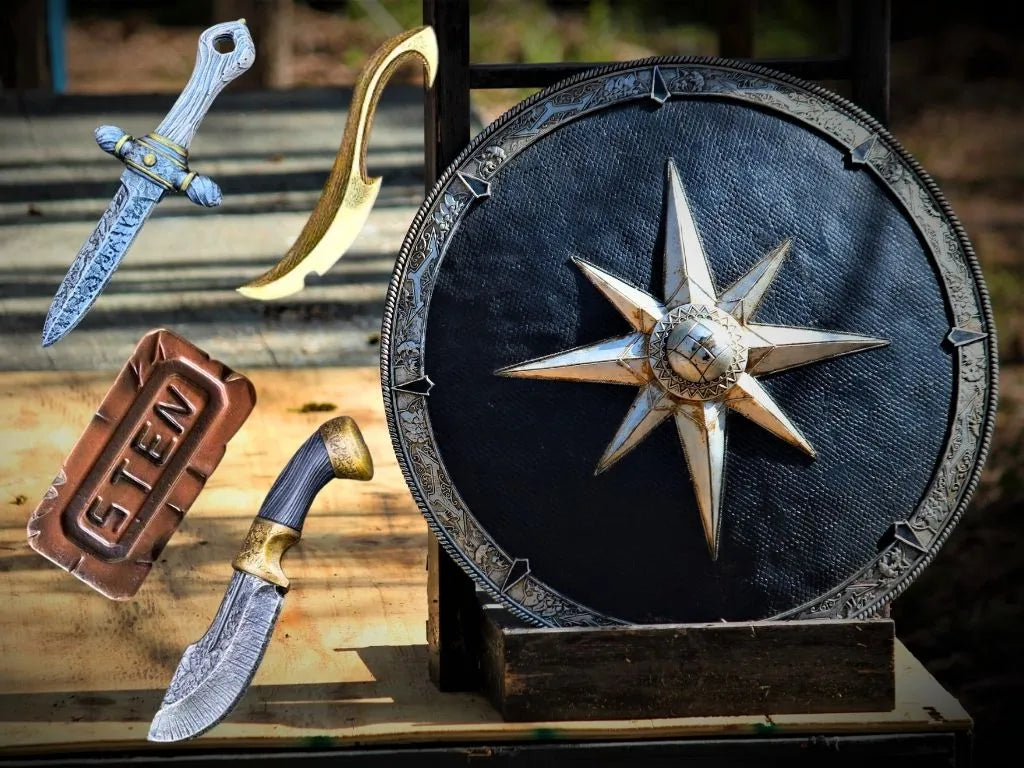

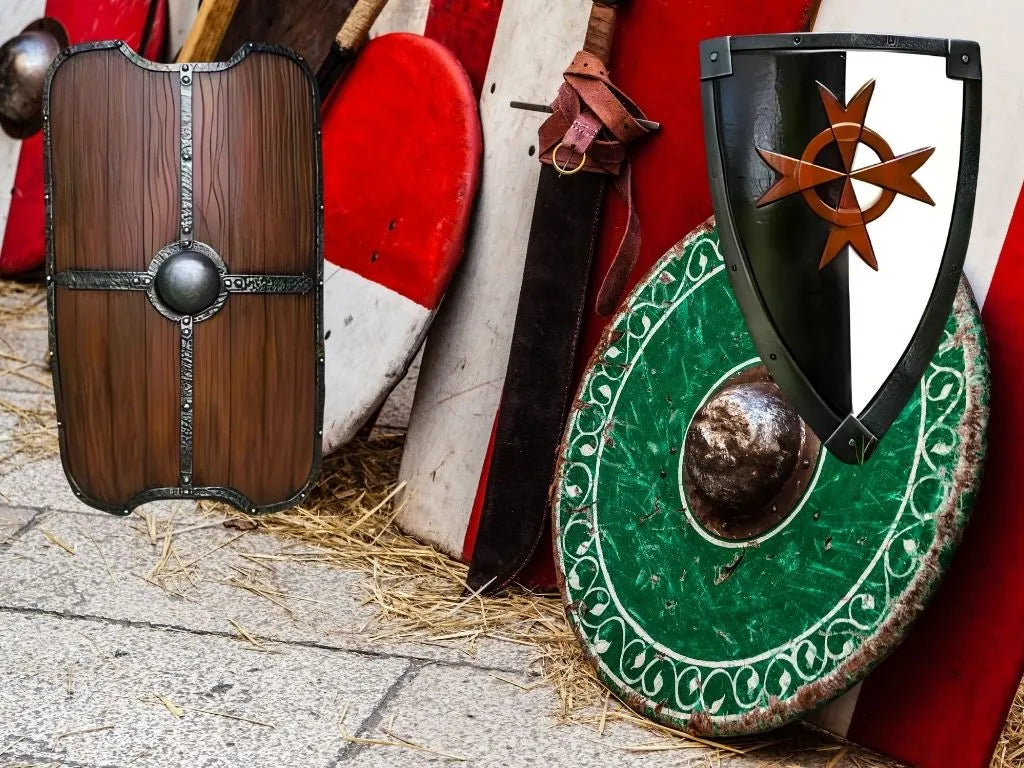
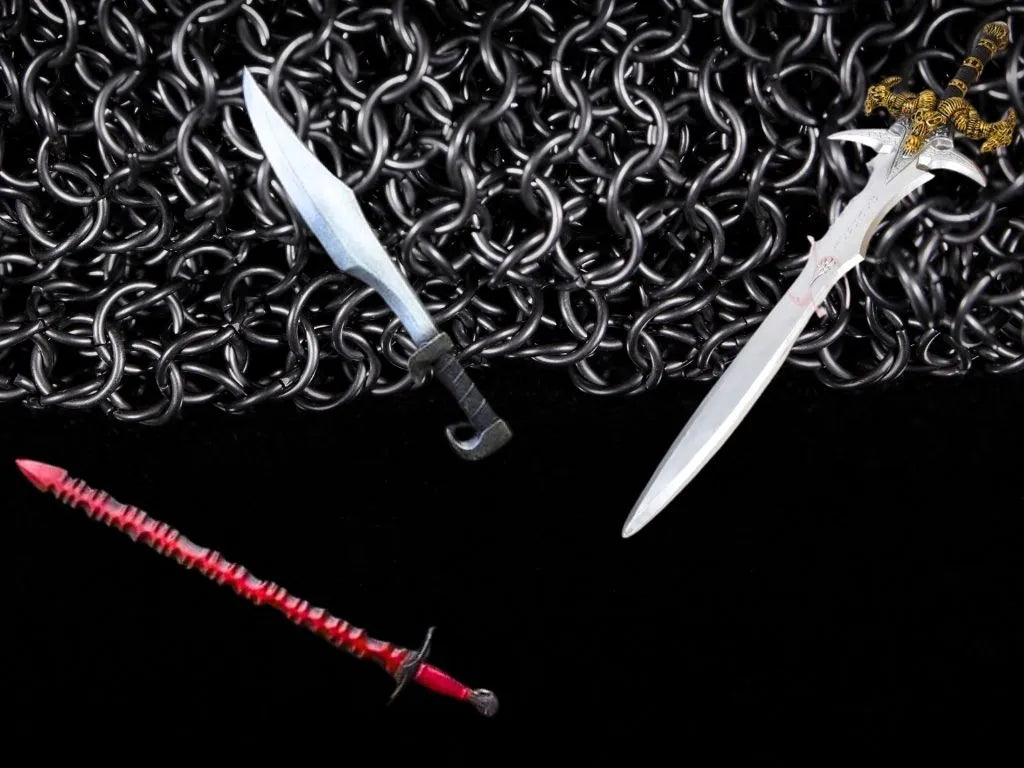

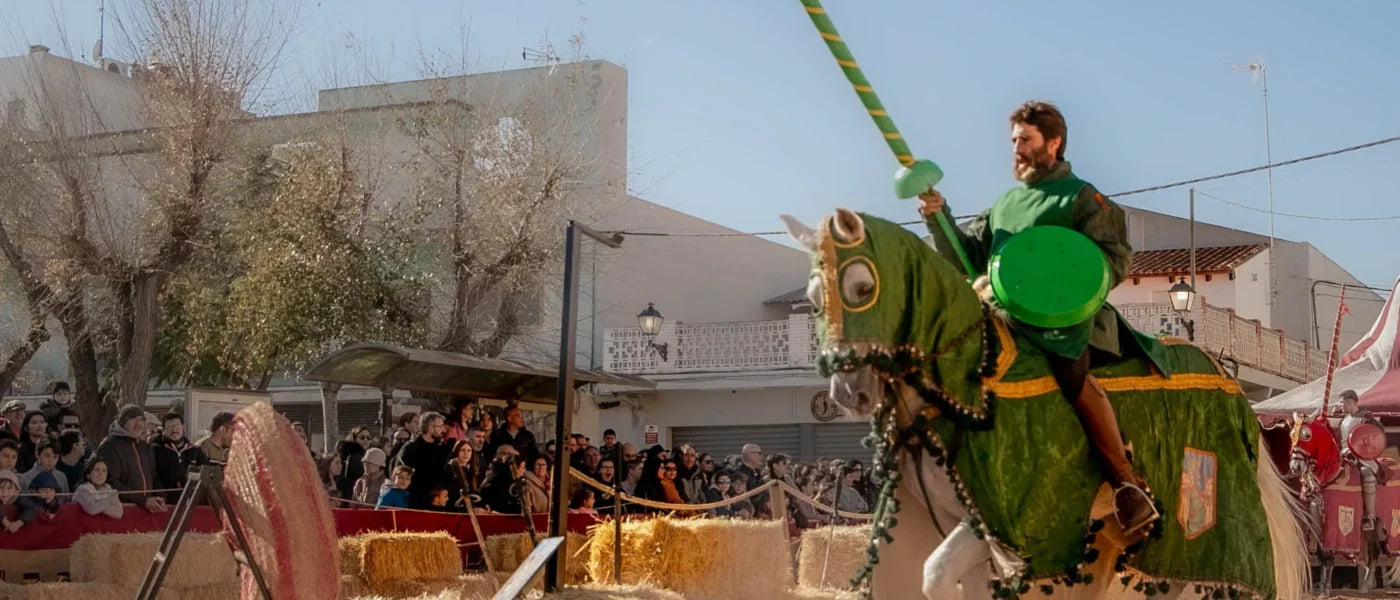
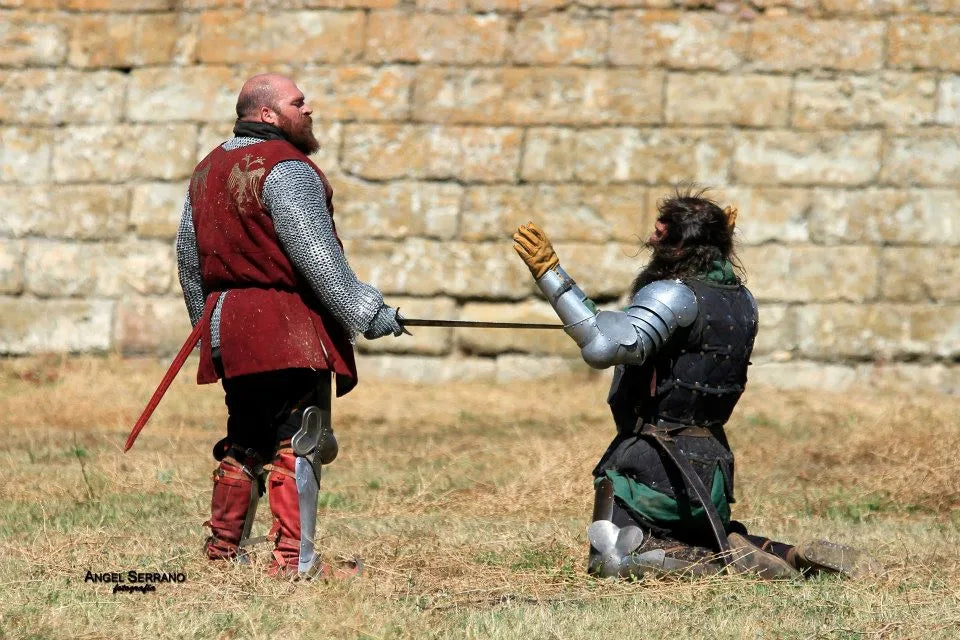





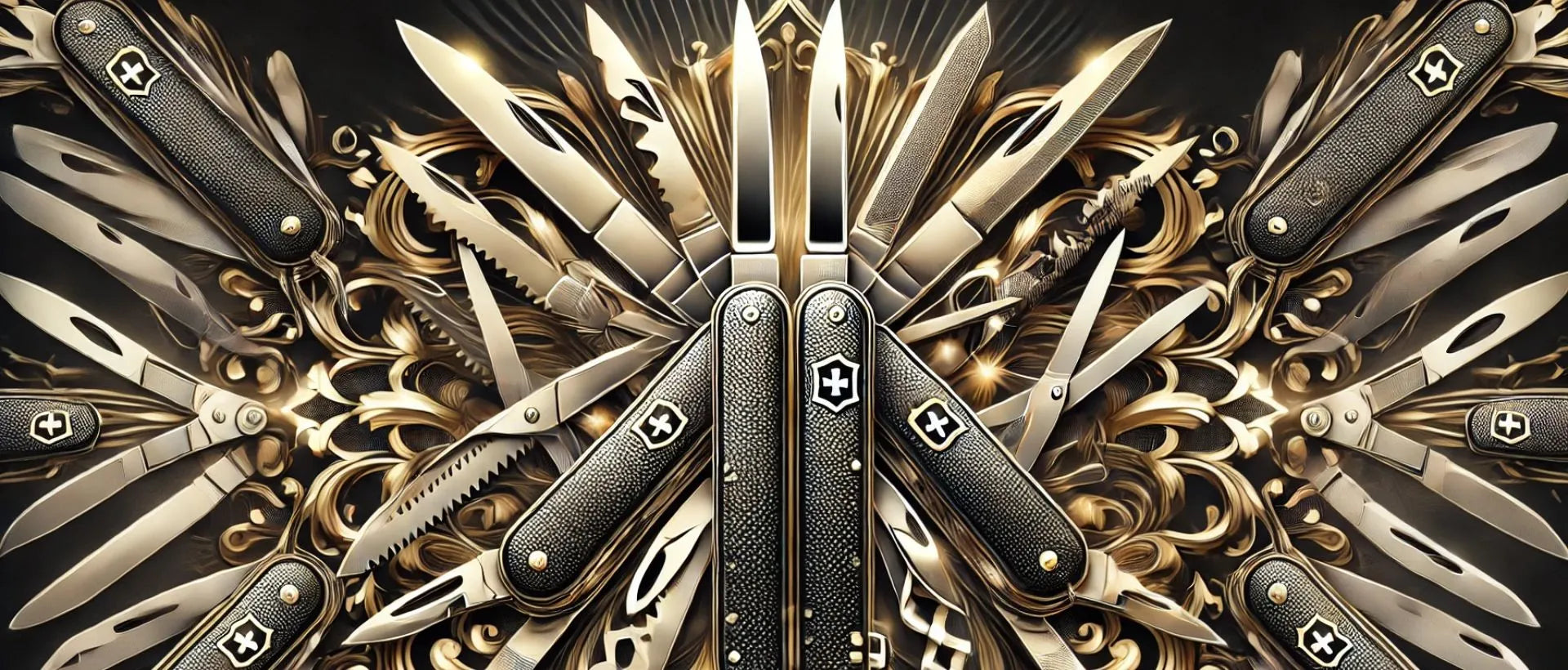

1 comment
Francisco
Interesante exposición. Aunque de forma efectiva, las armas españolas de la época, así como las tácticas militares, fueron netamente superiores a las japonesas. Prueba de ello fueron los enfrentamientos entre los defensores españoles de Filipinas frente a los piratas japoneses, en su mayoría. Estos enfrentamientos se conocen como la batalla de Cagayán. En ellos, unos 60 españoles se enfrentaron contra unos 1000 japoneses, chinos y coreanos, saliendo victoriosos los primeros. Los españoles perdieron a unos 10 hombres, los piratas asiáticos, centenares.
Interesante exposición. Aunque de forma efectiva, las armas españolas de la época, así como las tácticas militares, fueron netamente superiores a las japonesas. Prueba de ello fueron los enfrentamientos entre los defensores españoles de Filipinas frente a los piratas japoneses, en su mayoría. Estos enfrentamientos se conocen como la batalla de Cagayán. En ellos, unos 60 españoles se enfrentaron contra unos 1000 japoneses, chinos y coreanos, saliendo victoriosos los primeros. Los españoles perdieron a unos 10 hombres, los piratas asiáticos, centenares.